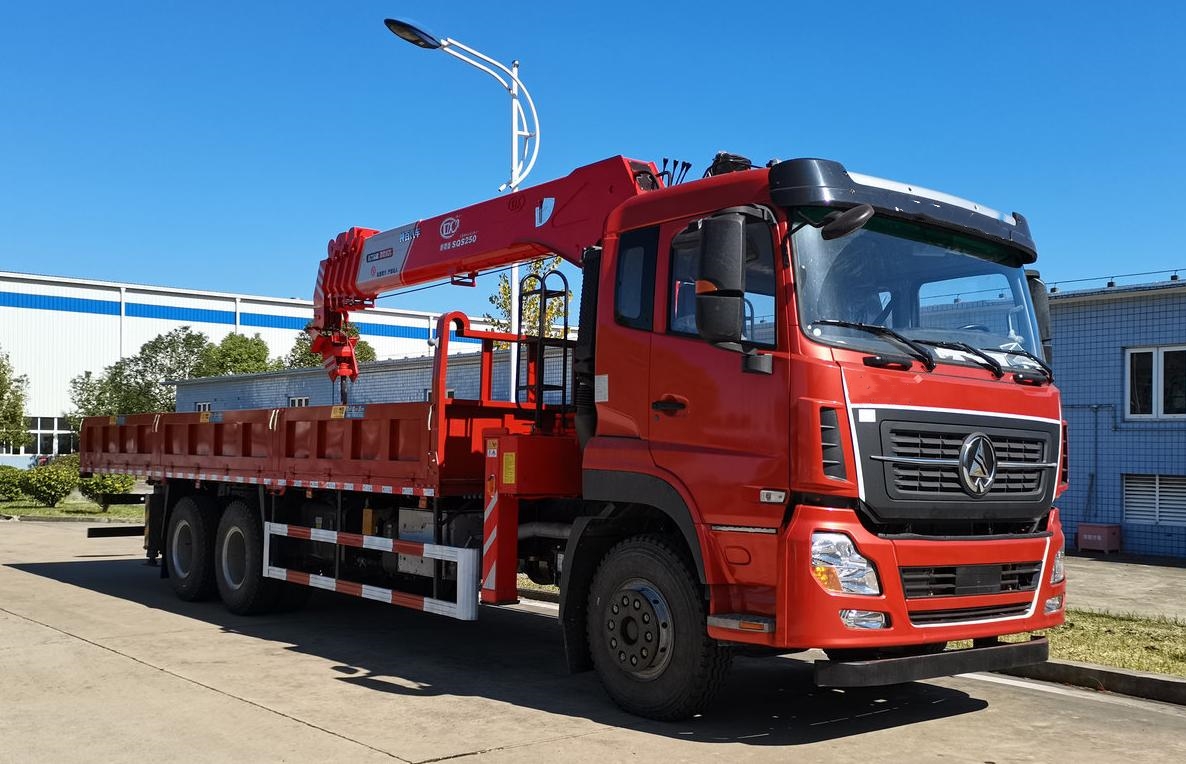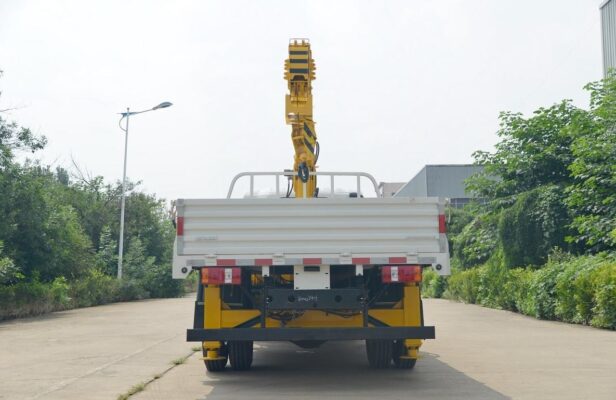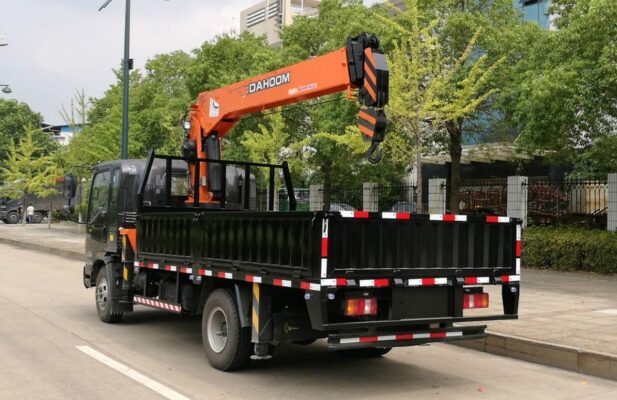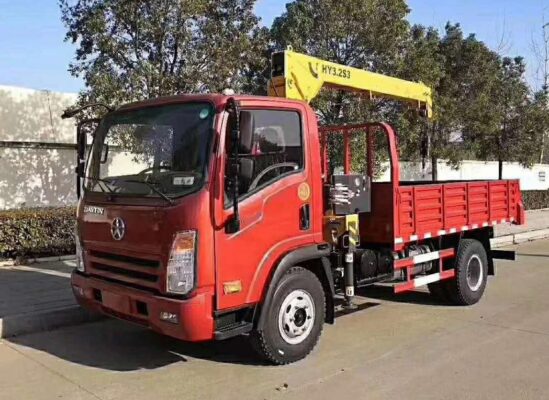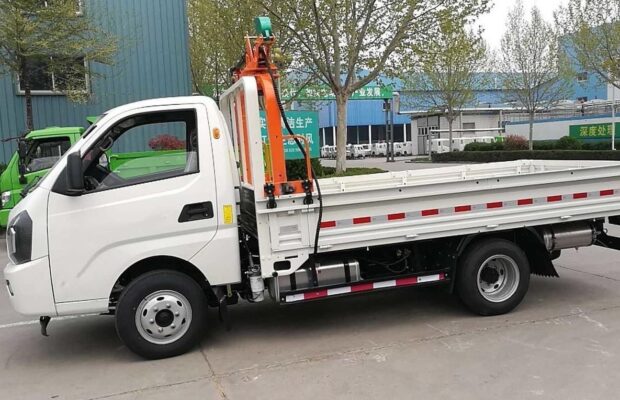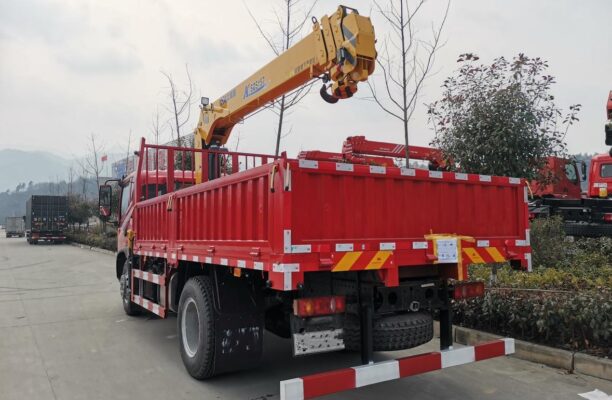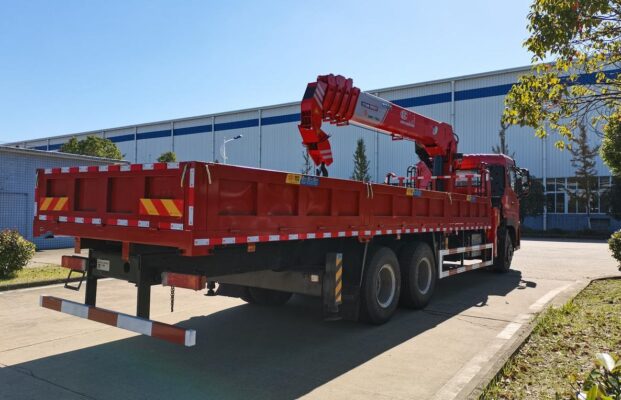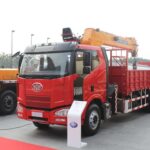Operating gantry cranes, which are essential in heavy lifting and construction operations, requires rigorous safety protocols to protect both operators and the equipment. Below is a comprehensive introduction to the safety measures and operational guidelines for gantry crane use.
1. Equipment Inspection and Approval
Before use, the gantry crane must be inspected and approved by relevant authorities. It should only be operated after passing safety checks. Prior to operation, the crane’s mechanical systems, electrical components, and protective devices should be thoroughly checked for integrity and reliability. If critical components like the controller, brakes, limiters, emergency switches, and electrical alarms are not functioning properly, lifting operations should be suspended.
2. Training and Operator Qualifications
Operators must undergo thorough training, understanding the crane’s mechanical structure, capabilities, and safety features. They should hold valid certifications for operation. Operators must remain focused while working, ensuring they are well-rested, and refrain from working if fatigued or intoxicated. High-altitude work mandates the use of safety harnesses. Operators should always follow the instructions of the signal person and must immediately respond to emergency stop signals.
3. Safety Protocols for Crane Operations
- Pre-operation Signal and Inspection: Operators must confirm the lifting signal before starting the crane. It is required to sound the alarm bell before commencing any lift.
- Slow Movements Near Limits: When approaching limiters or nearing the crane’s travel endpoints, operators should reduce speed. The reverse function should never be used in place of a brake, and limiters should never substitute emergency stop switches.
- Safe Pathways: Workers should use designated walkways, platforms, or ladders for access. Walking on crane tracks is strictly prohibited except for maintenance. Climbing from one crane to another is unsafe and prohibited.
- Suspended Loads: It is unsafe to leave loads suspended in mid-air during breaks. If there are people or items under the crane, an alarm should be sounded to warn of the moving load. Lifting should not exceed a safe height, and no loads should be lifted over people’s heads.
4. Simultaneous Operations with Multiple Cranes
When two cranes are used to lift a single load, they must operate in a coordinated manner, following the signal person’s instructions. Both cranes should lift at the same pace to prevent accidents due to miscommunication or uneven load distribution.
5. Distance Between Cranes
During operation, cranes should maintain a safe distance from each other to prevent collisions. This distance should be sufficient to ensure both cranes can operate without interference.
6. Maintenance and Lock-out Procedures
When maintenance or repair is required, the crane should be moved to a safe location, and the power should be cut off. Warning signs such as “Do Not Operate” should be posted, and the area should be cordoned off with barriers.
7. Heavy Load Lifting
When lifting heavy loads, a test lift should be performed before the load is raised fully. The test should confirm the load is secure, balanced, and that the brake system is functioning correctly. Lifting should proceed slowly and steadily, avoiding any abrupt movements. Operators should avoid simultaneous use of multiple control levers unless absolutely necessary.
8. No Personnel on the Crane While Operating
It is prohibited for anyone to enter or exit the crane while it is in motion. Furthermore, no repairs or adjustments should be carried out while the crane is in operation.
9. Emergency Measures During Power Failure
In the event of a power failure while the crane is operating, the control handle should be placed in the “off” position. Operators should not leave the operator’s cabin if the load is still suspended or if the lock mechanism has not been disengaged.
10. Unexpected Load Descent
If a load begins to descend unexpectedly during operation due to a failure, emergency measures should be taken to lower the load safely to an unoccupied area.
11. Weather-Related Operations
In extreme weather conditions, such as storms, lightning, or winds over level six, crane operations should be halted immediately. The crane’s power should be disconnected, and safety blocks should be placed under the wheels to prevent any unintended movement.
12. Night-time Operations
Adequate lighting is essential during night-time operations to ensure safety. All working areas should be illuminated to prevent accidents during low visibility conditions.
13. Crane Operation Safety During Movement
Before the crane starts, operators should inspect the tracks and ensure there are no obstructions. The crane should be tested with an empty load, and any irregularities should be addressed before beginning work. Lisäksi, the cable used to power the crane should be insulated and free from any physical damage.
14. The “Ten Do Nots” for Gantry Crane Operations
Operators should adhere strictly to the “Ten Do Nots” to ensure safety:
- Do not lift beyond the rated capacity.
- Do not lift if the signal is unclear, the load weight is uncertain, or if visibility is poor.
- Do not lift if the lifting rope or accessories are not securely fastened or do not meet safety standards.
- Do not use the crane to lift materials for direct processing.
- Do not attempt to lift a load in an unstable or skewed position.
- Do not lift materials with people standing on top or with unstable items on top of them.
- Do not lift explosive or hazardous materials such as oxygen bottles or acetylene generators.
- Do not lift materials with sharp edges unless properly padded.
- Do not lift buried objects.
- Do not lift containers that are overfilled or that could spill.
15. Post-Operation Procedures
After completing the lifting task, the crane should be stopped in the designated area, with the hook raised, the trolley moved to the end of the track, and the power turned off. For mobile cranes, the operator should use a designated ladder for cabin entry and exit. All crane control levers should be placed in the neutral position before turning off the power.
16. Safety Inspection Before Use
Before operation, the following checks must be performed:
- Ensure that all structural components are securely connected.
- Confirm that all moving parts are adequately lubricated and that the braking system is responsive.
- Inspect all electrical wiring for correct connections and good insulation.
- Test the limit switches to confirm proper functionality and ensure lighting systems are fully operational.
- Ensure that the scaffolding, railings, and ladders comply with safety standards, and that the track fasteners are secure.
17. Operator’s Work Environment
The operator’s cabin must provide a clear and unobstructed view of the working area. In addition, safety measures such as fire extinguishers should be available and operational within the cabin.
18. Compliance with Safety Standards
All lifting operations should comply with the relevant safety standards, such as the “Crane Safety Technical Requirements” and other relevant regulations governing crane operations. These standards ensure that cranes are operated within safe limits, minimizing the risk of accidents and ensuring the well-being of all personnel involved.
19. Post-Job Inspection and Cleanup
After the job is completed, the work area should be inspected for any safety hazards, and all equipment should be cleaned and properly stored. The area should be cleared of debris and any materials that could pose a risk for future operations.
20. Emergency Response Plans
It is crucial to have an emergency response plan in place to handle any accidents that may occur during crane operations. This plan should include steps for evacuating workers from danger zones, performing first aid, and notifying emergency services. All workers should be trained on how to respond in case of an emergency.
Conclusion
The safe operation of gantry cranes requires thorough preparation, continuous vigilance, and adherence to strict safety protocols. By following these comprehensive guidelines and ensuring all personnel are properly trained and equipped, the risks associated with crane operations can be minimized, leading to a safer work environment.

